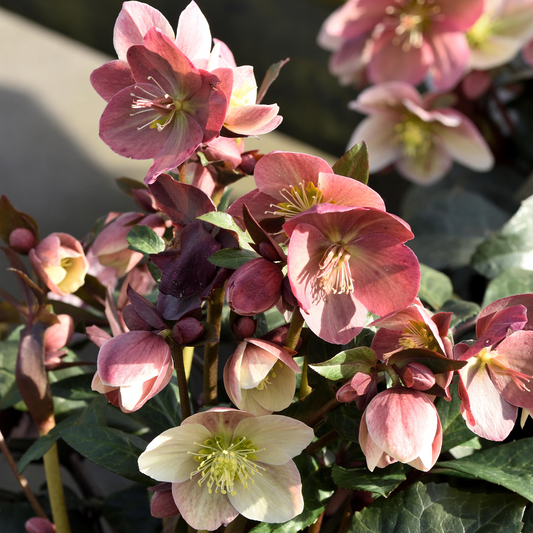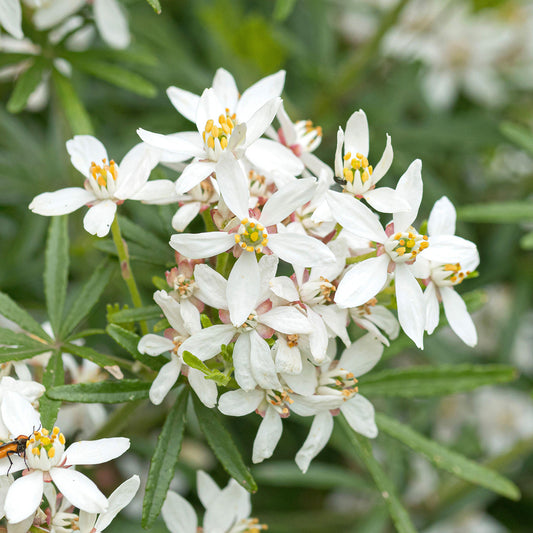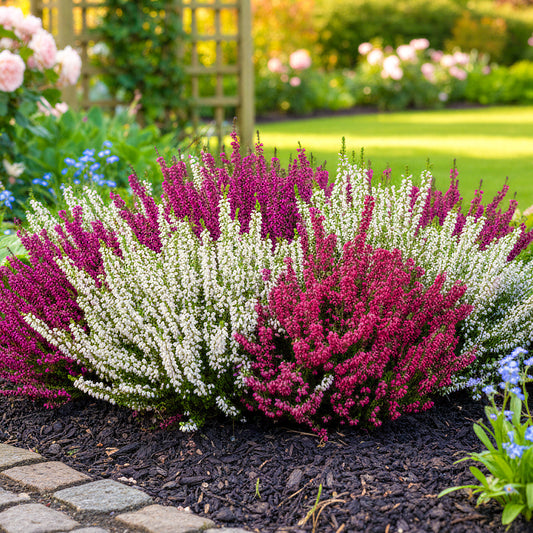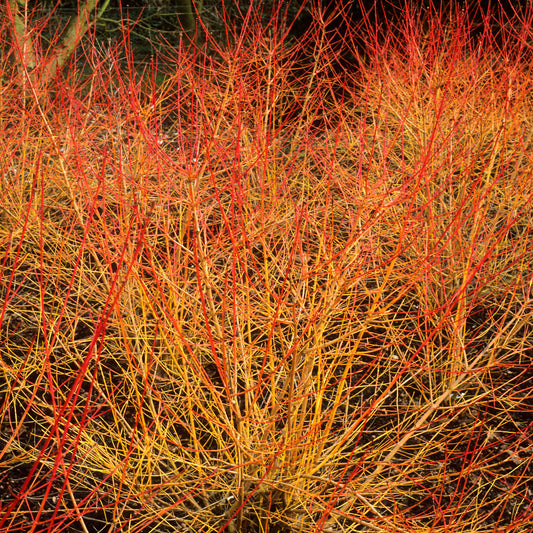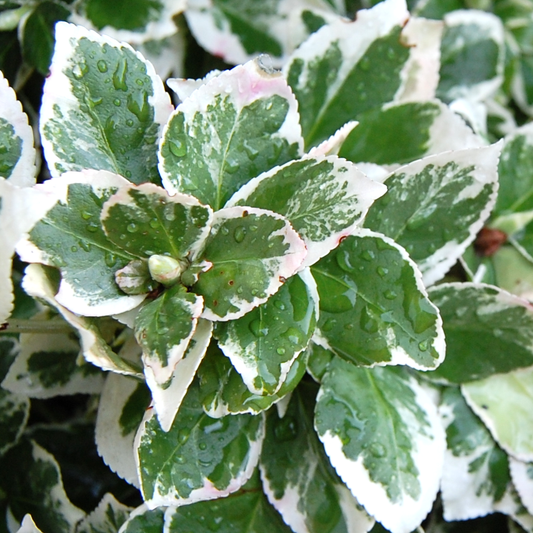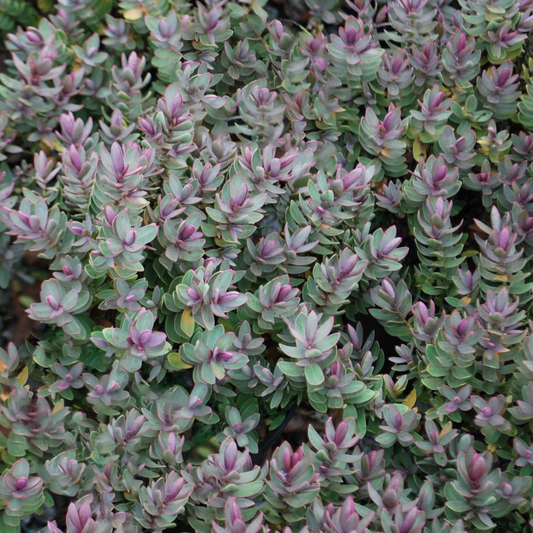Product description
This six pack of Dianthus Sweet William bedding plants are a beautiful addition to the garden, with the gorgeous shades of purple, pink and white giving it an eye-catching aspect to include within flower beds. The clustered way in which the flowers grow from late Spring ensures that the colours are offset effectively against the lush, green foliage of these plants. Below the pretty petals, stiff, upright stems are formed to hold the flowers up, maintaining their presence in amongst plant displays.
When planting these gorgeous garden perennials, moist, well-drained soil should be present, as well as good exposure to full sunlight when possible. To avoid the leaves turning yellow, only 1 inch of water should be given to the plant every week, as any more would make it overwatered.
Please Note: When purchasing plants please consider that each live item is unique and may, therefore, differ from the images shown, which are for illustration purposes only.
Garden Plant Size Guide

Plants in larger pots can be multiple years older than their smaller counterparts with more mature root systems and foliage. This makes them able to thrive as a full size plant in your garden quicker than smaller alternatives.
The most common size of pot that garden plants come in are 9cm/1L/3L/5L this is in reference to the diameter at the top of the pot.
9cm potted plants still remain the most popular cost effective option though, they just may take a little patience to allow them to grow into full maturity once planted in your garden.
Plant specs, care guide & tips
Key features
Specifications
When to plant
| Jan | Feb | Mar | Apr | May | Jun | Jul | Aug | Sep | Oct | Nov | Dec |
|---|---|---|---|---|---|---|---|---|---|---|---|
Planting and period of interest times are general guidelines and may vary based on your location and conditions. For best results, consult local gardening resources.
Instructions
Top Tip
Deadhead frequently to extend the flowering period and keep the plants tidy. Many varieties offer a sweet fragrance and attract pollinators, making Dianthus perfect for adding both charm and scent to summer displays.
How to Water
Water regularly to keep the soil lightly moist, especially in hot or dry weather. Dianthus prefer drier conditions over soggy soil, so ensure good drainage. Avoid watering overhead to reduce the risk of mildew and keep the foliage looking its best.
How to Plant
Plant Dianthus bedding plants in well-drained, neutral to slightly alkaline soil in a bright, sunny spot. These compact, mound-forming plants are ideal for borders, edging, and containers. Space them 15–20cm apart to allow airflow and prevent overcrowding.








